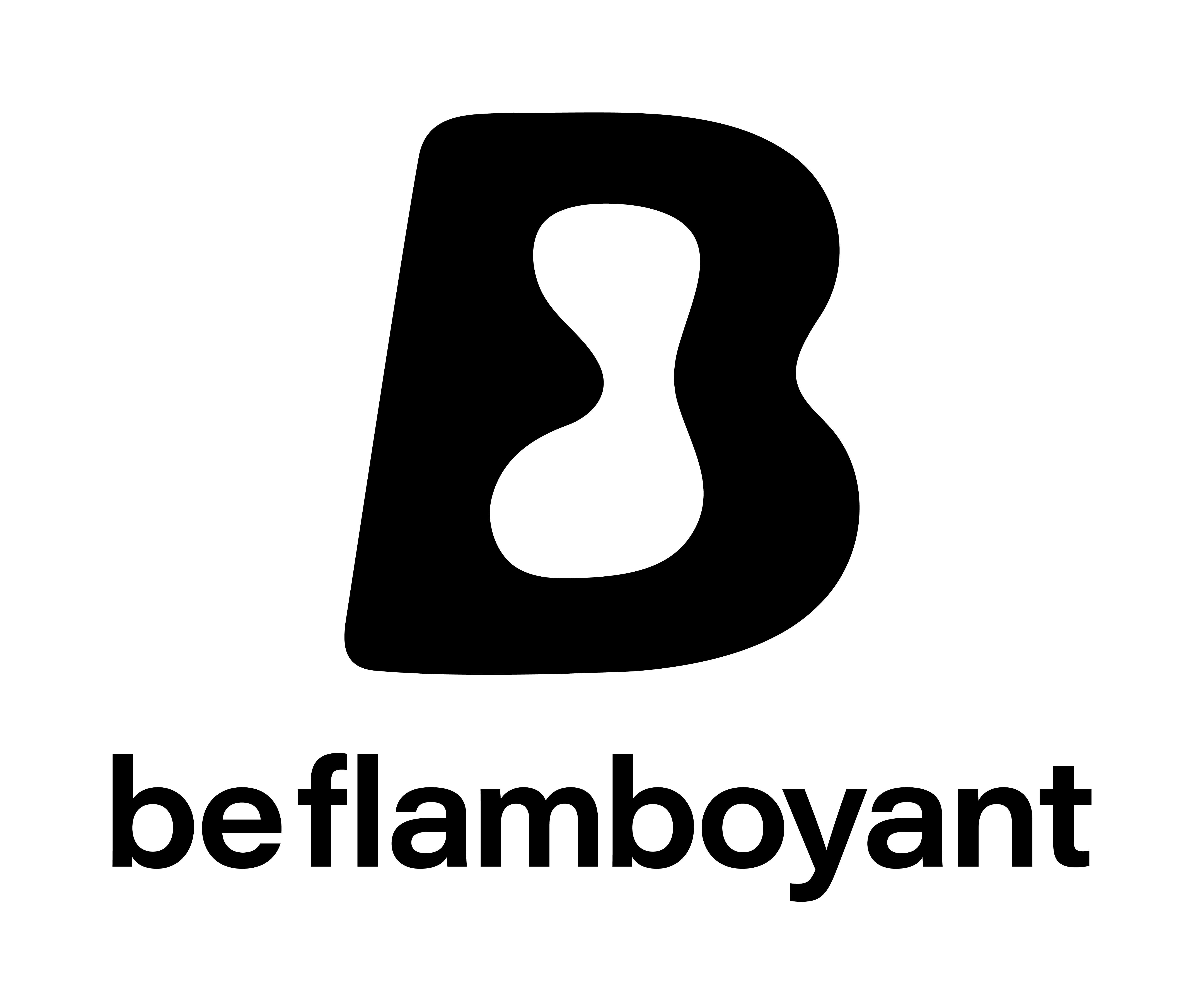In this blog post, we dive into the world of minimalism, guiding you step by step so you can ditch the excess and focus on what truly matters.

What is minimalism?
Minimalism is a philosophy that advocates for reducing material possessions to the bare minimum and focusing on what truly brings us value. It's not about depriving ourselves of the things we enjoy, but rather about consciously choosing what surrounds us and what we want to be a part of our daily lives.

What are the benefits of minimalism?
The benefits of minimalism are numerous and tangible:
- Less stress and anxiety: With fewer belongings, there's less to worry about and less clutter at home. This translates to a calmer environment and a clearer mind.
- More free time: By spending less time cleaning, organizing, and maintaining material possessions, we free up time for activities we truly enjoy, such as spending time with family and friends, reading, learning new things, or simply enjoying our free time.
- Greater mental clarity: Minimalism helps us get rid of distractions and focus on what really matters. This can lead to greater mental clarity, better decision-making, and increased creativity.
- More savings: By buying less stuff, we save more money. This allows us to reach our financial goals faster and enjoy greater financial peace of mind.
- Greater happiness: By focusing on experiences and the people who truly matter, we increase our happiness. Minimalism helps us appreciate what we have and live a more fulfilling and satisfying life.

How to start adopting a minimalist lifestyle?
If you're determined to embrace minimalism, here's a step-by-step guide:
1. Define your goals: Reflect on what you want to achieve with minimalism. Do you want to have less stress? More free time? Save money? Live a more sustainable life? Having clear goals will help you stay motivated throughout the process.
2. Start with a thorough decluttering: Dedicate some time to getting rid of anything you don't use, don't like, or doesn't bring you value. You can sell it, donate it, or throw it away. Be honest with yourself and don't cling to things out of sentimentality or fear of losing them.
3. Adopt the "one in, one out" method: Every time you buy something new, get rid of something old. This will help you maintain a balance in your possessions and prevent you from accumulating unnecessary things again.
4. Organize your belongings efficiently: Once you've gotten rid of the clutter, it's important to organize your belongings efficiently. This will help you find things easily and keep your space tidy.
5. Shop mindfully: Avoid impulse purchases and think carefully before buying any new product. Ask yourself if you really need it and if it will bring you value.
6. Value experiences over material possessions: Instead of spending money on material things, invest in experiences that make you happy, such as travel, courses, concerts, or simply spending time with your loved ones.
7. Be patient: Minimalism is a gradual process that takes time and patience. Don't get discouraged if you don't see immediate results. Keep going and enjoy the journey towards a simpler and more fulfilling life.
We hope this guide helps you take your first steps towards a minimalist lifestyle!




